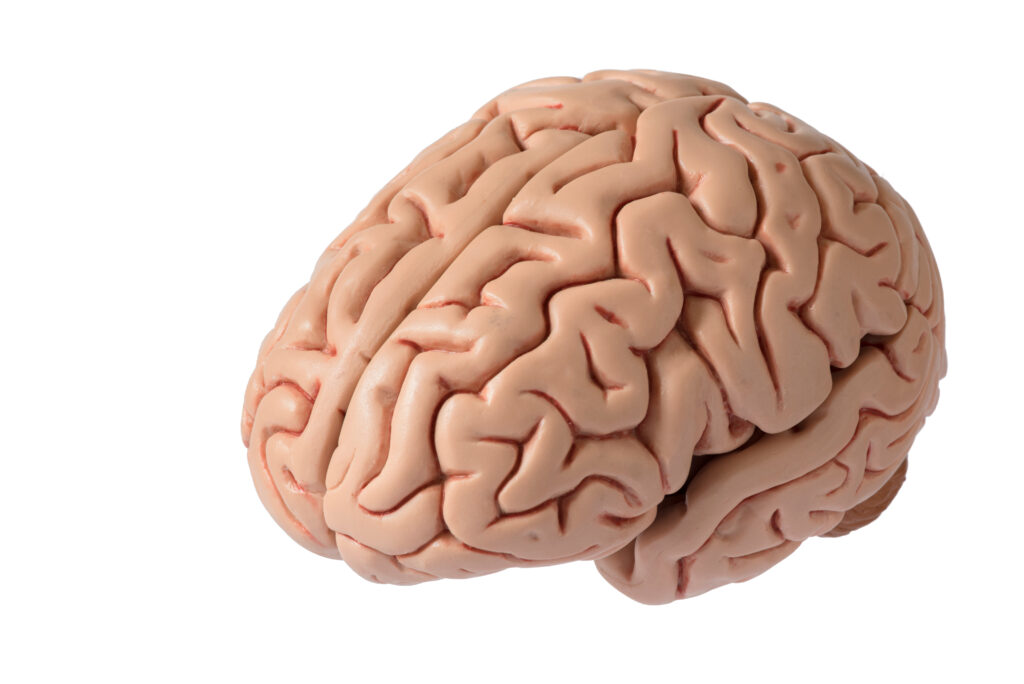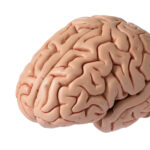### Why Your Fear of Fog Masks Visual Processing System Weaknesses
Have you ever noticed tiny, squiggly shapes drifting across your field of vision? These are called eye floaters, and they are usually harmless. However, for people with anxiety, these floaters can become a significant source of distress. But why do they seem so alarming? And how can we manage this experience?
### What Are Eye Floaters?
Eye floaters are small, shadowy shapes that appear to drift across your field of vision. They are caused by tiny particles or fibers floating in the vitreous humor, the gel-like substance inside your eye. These shapes cast shadows on the retina, creating the illusion of movement. Floaters are particularly noticeable when you’re looking at bright, plain backgrounds like a blue sky, white wall, or bright screen.
### Why Anxiety Makes Floaters Seem Worse
For individuals with anxiety, the presence of floaters can feel unsettling and quickly escalate into a source of worry. Anxiety primes the brain to be hyperaware of potential threats, and visual phenomena like floaters can trigger intrusive thoughts such as:
– “What if something is wrong with my eyes?”
– “What if my eyesight is deteriorating?”
– “What if I lose my vision altogether?”
This hyperawareness creates a feedback loop: The more you notice the floaters, the more anxious you feel. This anxiety, in turn, amplifies your focus on the floaters, making them seem even more prominent.
### The Connection Between Anxiety and Visual Perception
Research has shown a connection between anxiety and the perception of visual phenomena. A study published in Graefe’s Archive for Clinical and Experimental Ophthalmology found that individuals with primary vitreous floaters experienced higher levels of anxiety and depression compared to control groups. The study suggests that the subjective distress caused by floaters can exacerbate psychological conditions, creating a cycle where anxiety and floaters intensify one another.
### Breaking the Cycle
To manage this experience, it’s essential to break the cycle of anxiety. Here are some steps you can take:
1. **Consult a Professional**: If you’re concerned about your eye health, consult an eye specialist to rule out any medical concerns. This can help alleviate some of the anxiety.
2. **Mindfulness and Cognitive Reframing**: Practice mindfulness techniques to reduce your focus on floaters. Cognitive reframing involves teaching your mind to see floaters as non-threatening. For example, remind yourself that floaters are harmless and common.
3. **Reducing Compulsive Checking**: Avoid compulsively checking your vision in different lighting conditions. This can help reduce the anxiety-floaters feedback loop.
4. **Understanding Visual Processing**: Recognize that your brain processes visual information in a complex way. The binding problem, which refers to how objects, background, and abstract or emotional features are combined into a single experience, is still an area of ongoing research. However, it’s clear that our brains are wired to integrate sensory data efficiently, often without us even realizing it.
### Managing Visual Processing System Weaknesses
While eye floaters are a specific issue, they highlight a broader point about how our brains process visual information. For some people, visual processing system weaknesses can manifest in different ways, such as:
– **ADHD Brain Fog**: Individuals with ADHD often experience disruptions in their brain’s executive function, leading to moments of temporary disconnect and mental fog. This can make it harder to process information and maintain focus.
– **Visual Inattention After Stroke**: Some people may experience visual inattention or neglect after a stroke, where they are unaware of things to one side of them. This can reduce their ability to look or make movements towards part of their environment.
### Conclusion
Your fear of fog, whether it’s eye floaters or broader visual processing system weaknesses, can mask underlying issues. By understanding what these phenomena are and how they affect your brain, you can take steps to manage them. Whether


